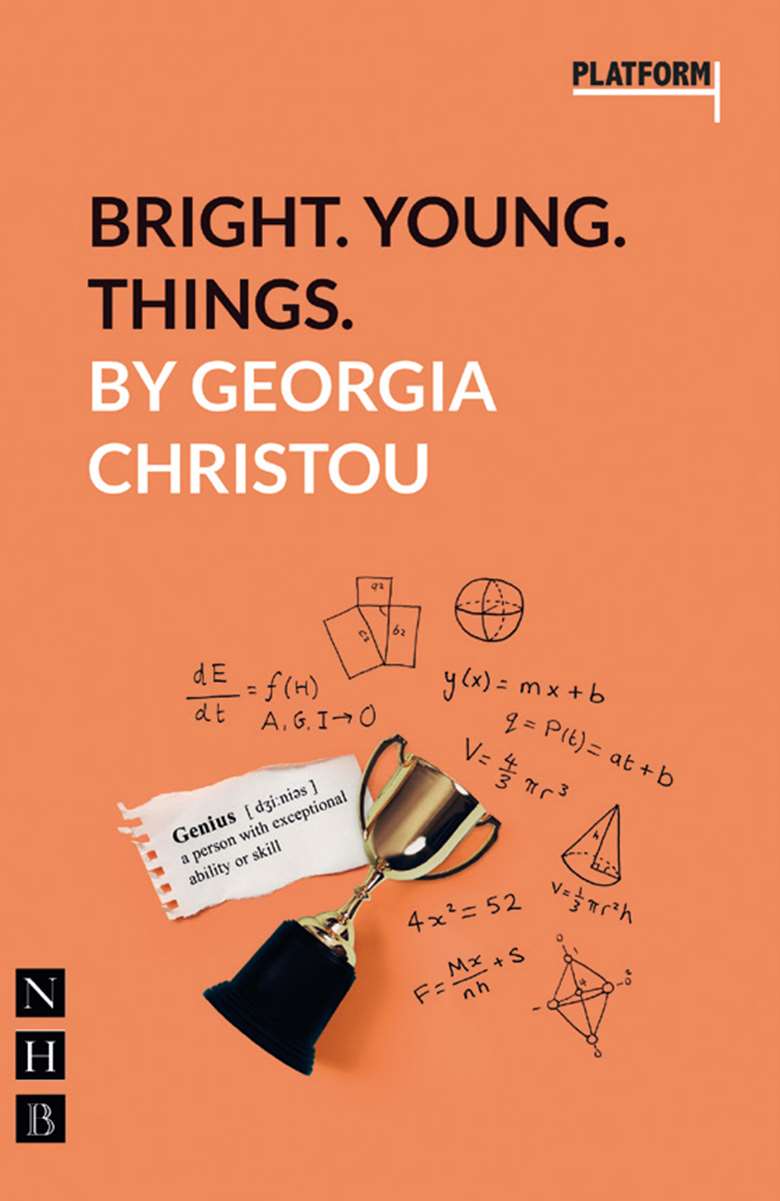Bright. Young. Things., by Georgia Christou
Lucy Miller
Thursday, October 22, 2020
A highly recommended piece, perfect for performances by KS3 pupils

Bright. Young. Things. is part of a much-needed collection of plays, ‘Platform Plays’ (from Tonic Theatre in partnership with Nick Hern Books), aimed at moving towards greater gender equality in theatre. These plays promise to solve one of the biggest problems faced by youth theatres and many school drama clubs, in that they are big cast plays with predominantly female characters. I have to admit, this had me on side from the start, however I am pleased to say that beyond that, the play itself has a lot going for it.
Set around a television talent show (a Britain's Got Talent for brainy children), as the competition progresses we gradually peel back the layers on the contestants, learning more about them as they, indeed, learn more about themselves. A light humour and embedded theatricality, plus some over-the-top characters, blend with moments of real depth. The audience is taken on a fascinating and well-crafted journey.
An aspect you will love if you are considering directing this play is how prescriptive Christou has been with the staging. That is not to say that she has done this to the extent of locking anything in. She leaves lots of possible options and room for your own creativity. However, at no point will you be left thinking, ‘how on earth am I going to put that section together?’ Anyone who has ever directed a youth production knows how valuable this is!
The casting gift is the fact that alongside the fourteen named characters, there are a number of ‘Producers’ – the minimum required is three but the number can be unlimited. The Producers act as a kind of Greek chorus and have some interesting sequences, which present fun staging and performance opportunities. This absolutely solves another of youth theatre's biggest challenges: everyone can have something interesting to do.
In terms of age range, this play would be ideal to be performed by young people in KS3, although I feel this could extend a little either side.
It left me with a desire to read more of the Platform series, and certainly feeling optimistic about the direction in which contemporary plays for young people are headed.
It is about time we had more writing of this calibre, which speaks so clearly to both the participants and the leaders of youth drama today.

